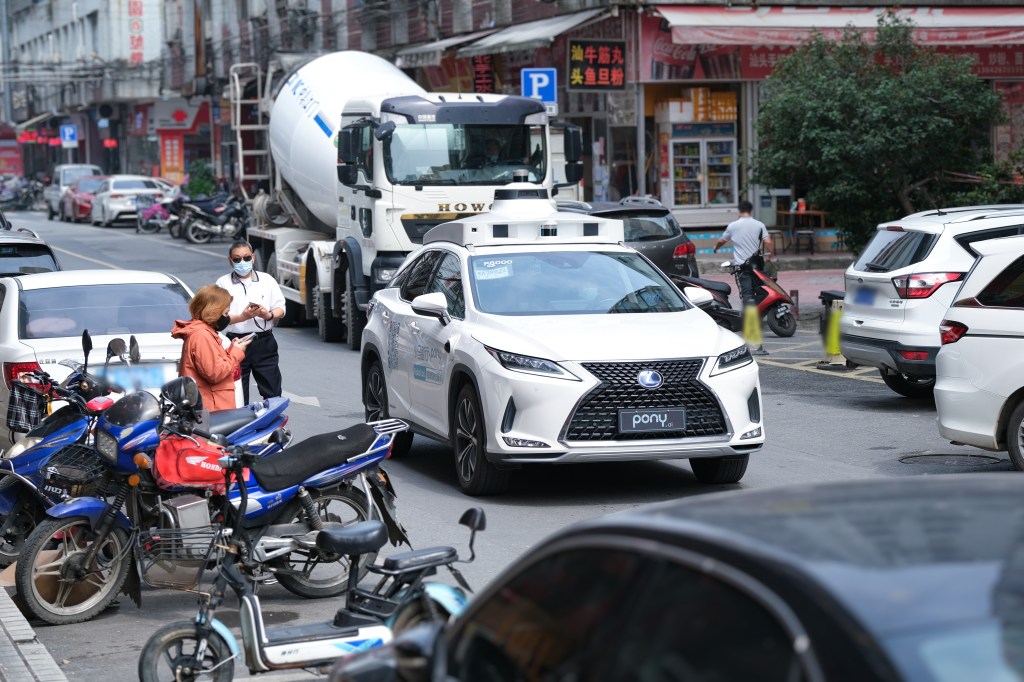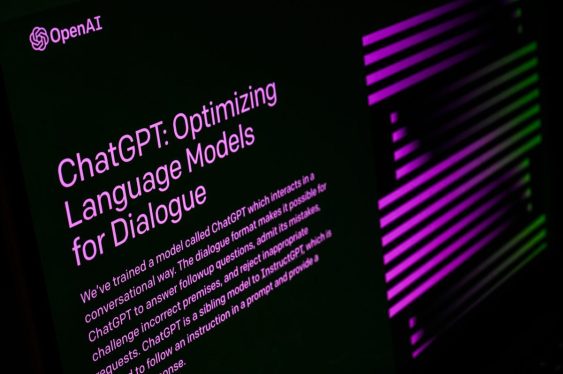Autonomous vehicle startup Pony.ai has been awarded a permit in Guangzhou to operate 100 robotaxis as traditional taxis. The license, which allows Pony to charge for rides in its autonomous vehicles, signifies another step on the path to commercializing autonomous ride-hail vehicles in China.
WeRide, one of Pony’s competitors in China, has been running a partnered service with Guangzhou’s government-backed taxi group Baiyun since 2019, which has given the company an early mover advantage on the path to commercialization. However, this is said to be the first time China has rolled out a taxi license dedicated to an autonomous ride-hail fleet without the need to partner up with a traditional taxi operator. The license also subjects Pony’s fleets to the same rules that regulate traditional human-operated cabs.
“The inclusion of autonomous vehicles in the unified and standardized management of taxis proves that both government policy and the public are increasingly accepting robotaxis as a form of everyday transportation, recognizing the ride experience and technical stability of Pony.ai’s robotaxi,” said Tiancheng Lou, co-founder and chief technology officer of Pony.ai in a statement.
Pony, which last month announced an undisclosed raise that brought the company’s valuation up to $8.5 billion, will begin charging fares in the Nansha District of Guangzhou in May, an 800 square kilometer port region in the middle of the country’s tech-driven Greater Bay Area. Passengers will be able to hail a ride and pay through the PonyPilot+ App between the hours of 8:30 a.m. and 10:30 p.m., with fares based on “standard taxi pricing in Guangzhou,” according to Pony.
The company did not respond to requests for information about what type of vehicles will be included in its fleet, but photos Pony shared with TechCrunch display a Lexus equipped with Pony’s sensor suite.
Each ride will initially have a human safety driver in the front seat, although Pony has stated its intention to remove the driver “over the short to intermediate time frame.” This is a bold goal, for no city government in China has officially allowed undrivered robotaxis to chauffeur passengers around. Even if Pony is able to remove the driver, it’s hard to imagine such a service will be allowed to operate on Guangzhou’s busy downtown in the short run.
Pony said it intends to gradually expand the scale and scope of its service to other areas of the city, but didn’t specify when.
“To qualify for the license, Pony.ai had to pass stringent safety and other multifaceted vehicle qualification tests set forth by national inspection institutions, such as having at least 24 months of [autonomous driving (AD)] testing in China and/or other countries, at least 1 million kilometers of testing mileage, at least 200,000 kilometers of AD testing within Guangzhou’s designated test area, and no involvement in any active liability traffic accidents,” the company said in a statement.
In California, where Pony was testing its driverless capabilities, the company recently had to issue a recall of its autonomous driving software following a crash in October, which led to the California Department of Motor Vehicles suspending the company’s driverless permit.
Guangzhou isn’t the first city in which Pony has charged for robotaxis. The company, along with Baidu’s autonomous driving service, received a permit in Beijing last November to charge passengers within a small suburban pilot zone.
Pony is also testing autonomous vehicles in Shanghai and Shenzhen, as well as Fremont and Irvine in California. The company said it has completed more than 700,000 rides as of mid-April, although it’s likely that most of those rides occurred in China.
If commercialization in Guangzhou and Beijing is successful, Pony intends to expand its commercialized robotaxi footprint to two other major Chinese cities next year, with further expansion planned for 2024 and 2025, the company said. Pony did not respond to requests for more clarification, or whether it has applied for deployment permits in California.
The company had intended to go public in New York through a SPAC merger last year, but those plans were reportedly put on hold after the company failed to gain assurances from the Chinese government that it wouldn’t become a target of a crackdown against Chinese tech companies.
Correction: A previous version of this article stated a software defect caused three crashes. There was one crash. The defect was found in three of Pony.ai’s vehicles.







